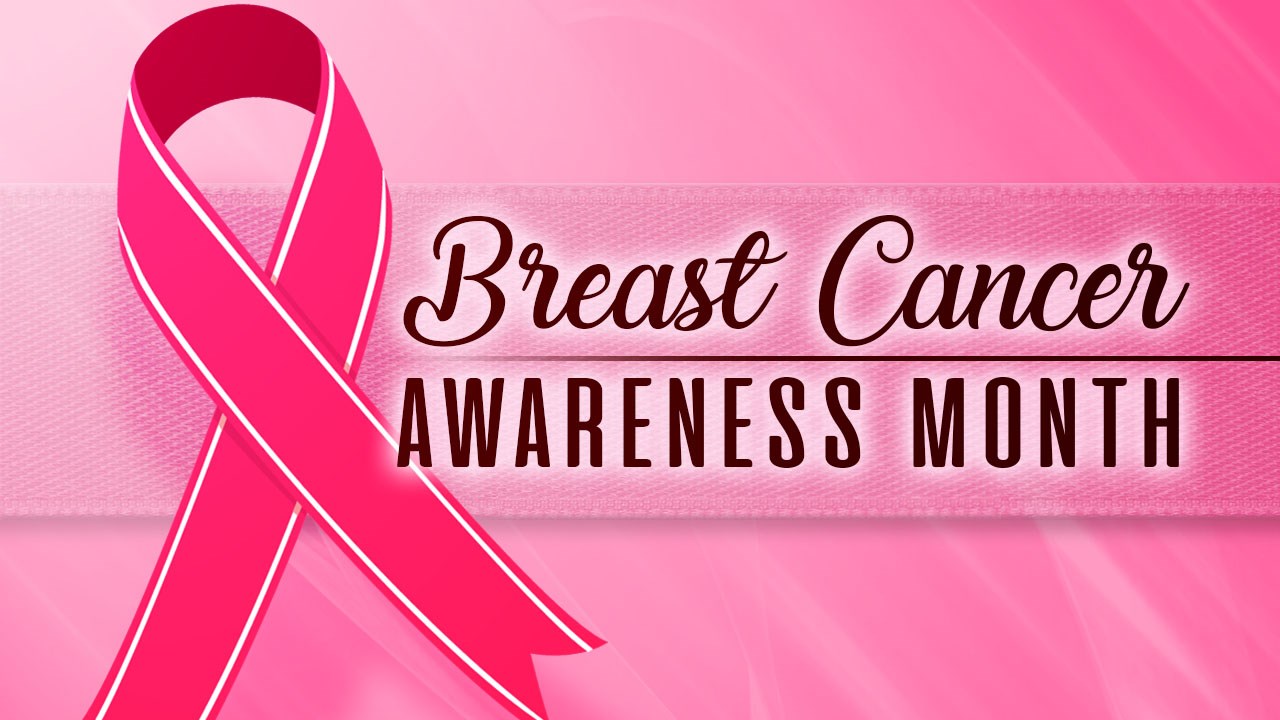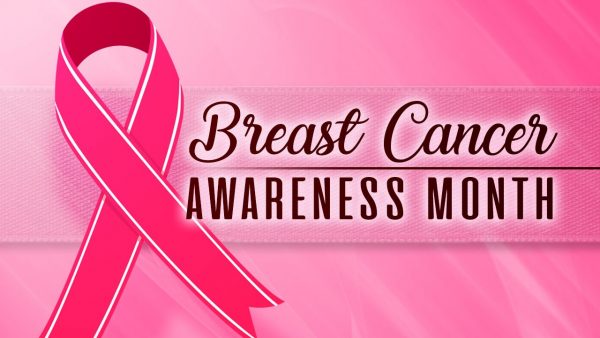Globally, breast cancer presents a huge challenge to the health system of any nation. Statistics from the International Agency for Research on Cancer in 2008, noted that there are about 1.38 million new cases and 458,000 deaths resulting from breast cancer on a yearly basis.
In 2012, nearly 1.7 million new cases of breast cancer were diagnosed worldwide. Breast cancer which is the most diagnosed cancer in women throughout the world, and also occurs in men though it is rare (about 1% of cases). The statistic of cases of breast cancer have continued to rise globally in the course of years. In 2018, new cases of breast cancer were estimated at 2.1 million and 627,000 deaths from breast cancer. These statistics are disturbing and largely responsible for the observation of Breast Cancer Awareness Month on the October of every year.
October is Breast Cancer Awareness Month
The Breast Cancer Awareness Month, observed in countries all over the world every October, is a bid by the World Health Organisation under the auspices of the United Nations to increase attention and promote campaigns towards creating awareness on early detection and treatment as well as the palliative care of breast cancer. This disease is a big problem in developed and developing countries. Factors like increase in life expectancy and urbanization have caused the incidence of breast cancer to witness steady rise in low and middle income countries.
Presently, knowledge regarding the causes of breast cancer is insufficient. The best measure towards controlling the disease is early detection. With the availability of adequate diagnosis and treatment, there is a high chance that breast cancer can be cured if detected early. If the disease is not noticed early, curative treatment is no longer an option, palliative care to relief the patient from pain and suffering becomes the best option for treatment. Most of the deaths (269,000) recorded as a result of breast cancer occur in low-and middle-income countries, where the disease is detected and diagnosed late due to lack of awareness on how to detect breast cancer early, and barriers to health services.
The World Health Organisation, in its effort to curb the steady rise in cases of breast cancer, promotes comprehensive breast cancer control programmes as part of national cancer control plans in countries. Detection of the disease early is the best strategy and highly recommended for citizens of low-income countries. Screening by clinical breast examination in demonstration areas help create awareness of early signs and symptoms of breast cancer. Owing to the fact that mammography screening is very expensive and only feasible in countries with good and sound health infrastructure that can sustain a long-term programme, clinical breast examination is the best option for low income countries.
For this year’s observation of the Breast Cancer Awareness Month, the International Agency for Research on Cancer (IARC) is focusing greatly on the global burden of breast cancer with a series of videos, tweets, and infographics on media platforms. Part of IARC’s programmes for the awareness month includes:
- Educating the public on measures IARC scientists and partners are taking to tackle breast cancer
- Creating awareness on the most common type of cancer in women, and the second most common type of cancer overall.
Sources:
WHO
National Breast Cancer
Iarc
Featured Image Source: wsav.com


